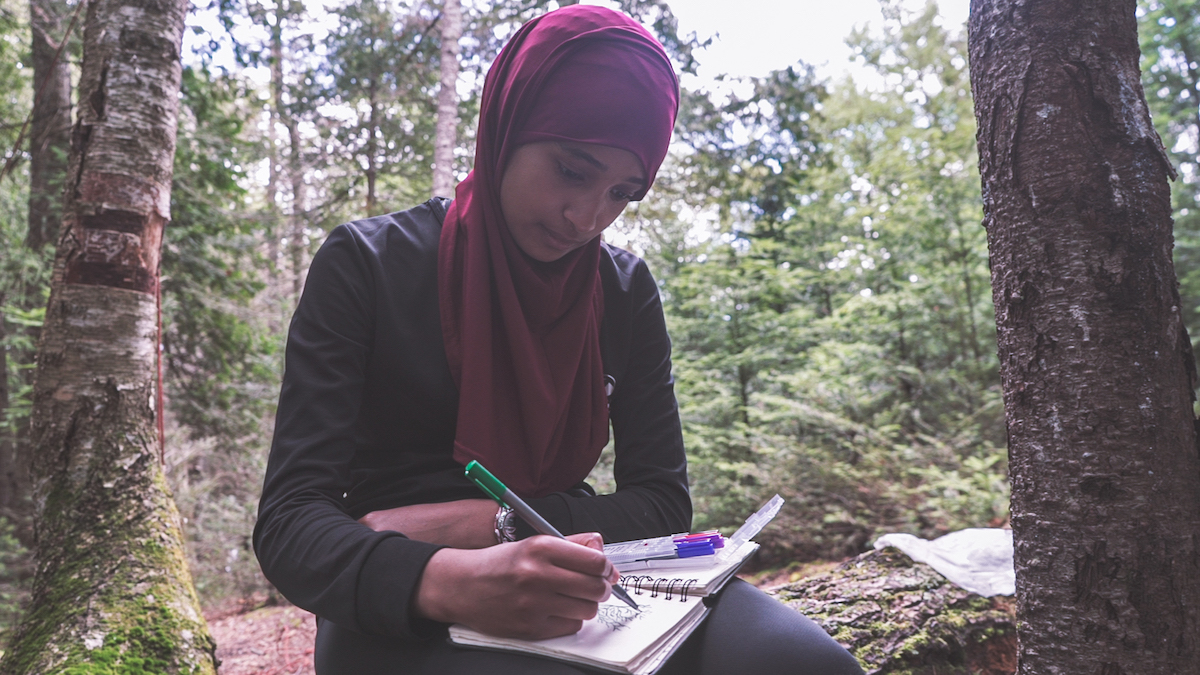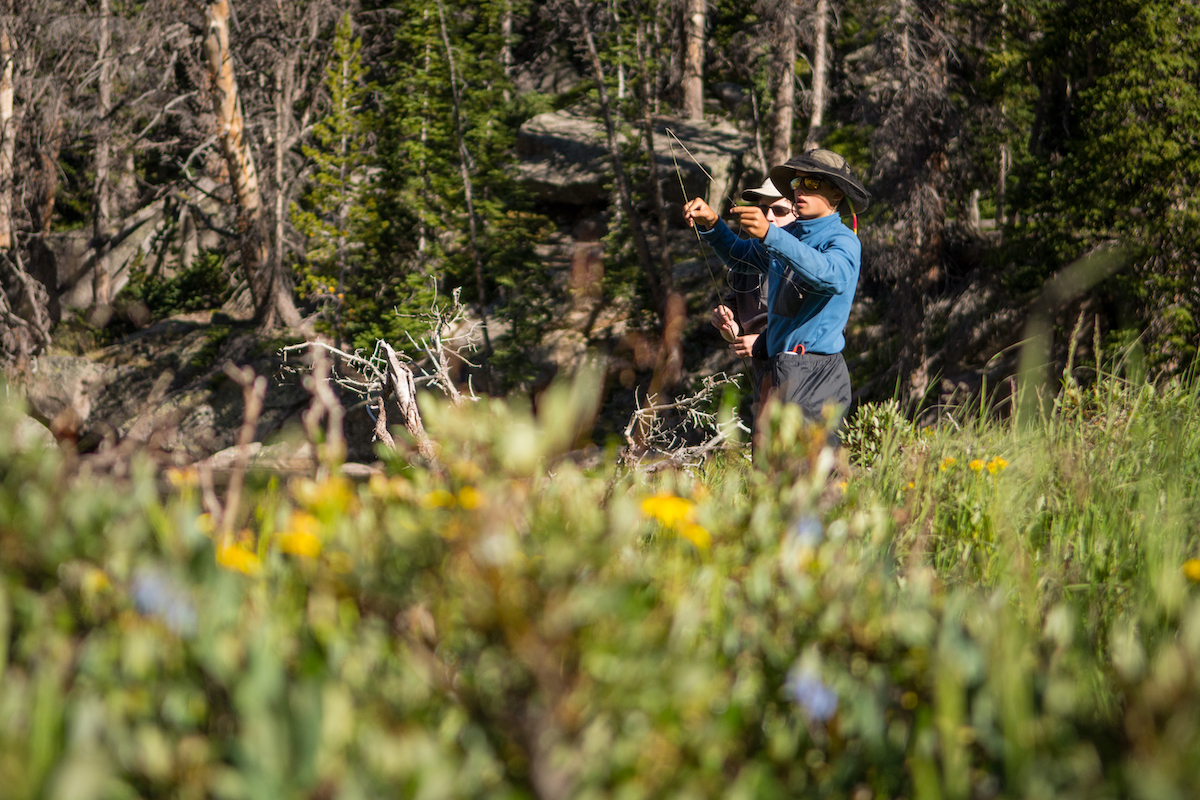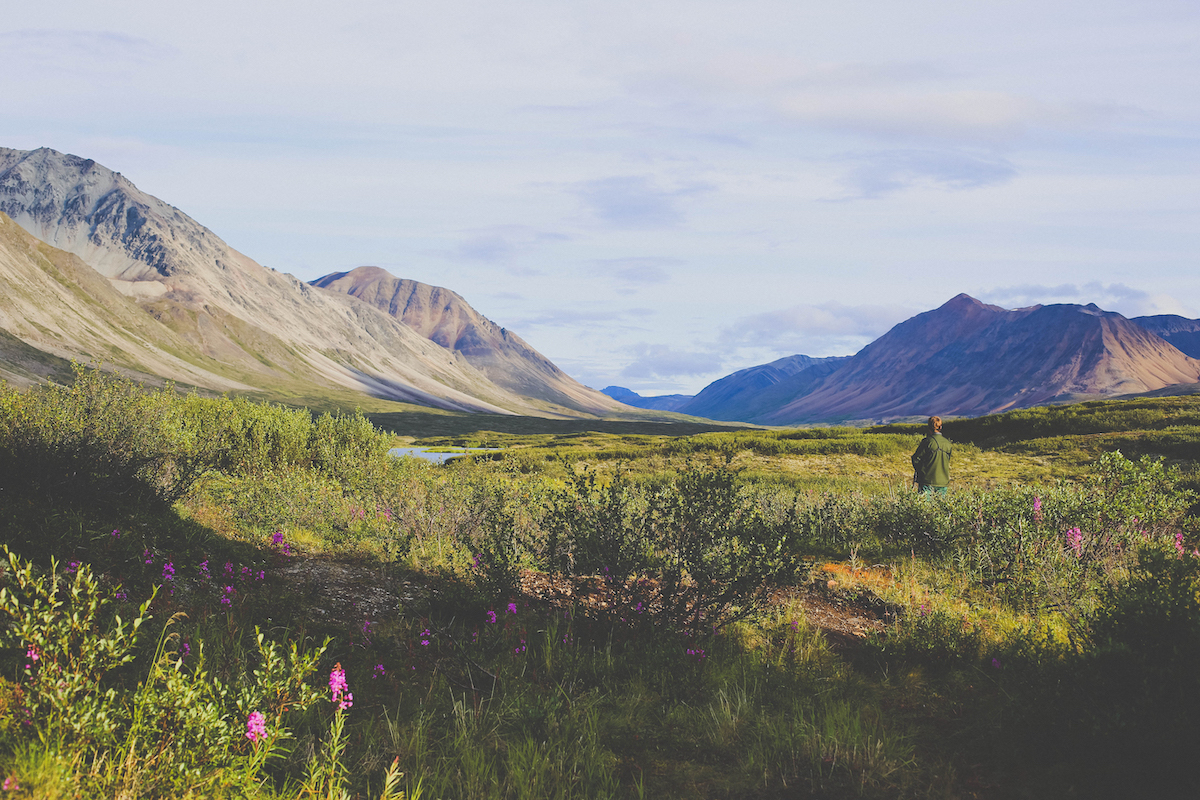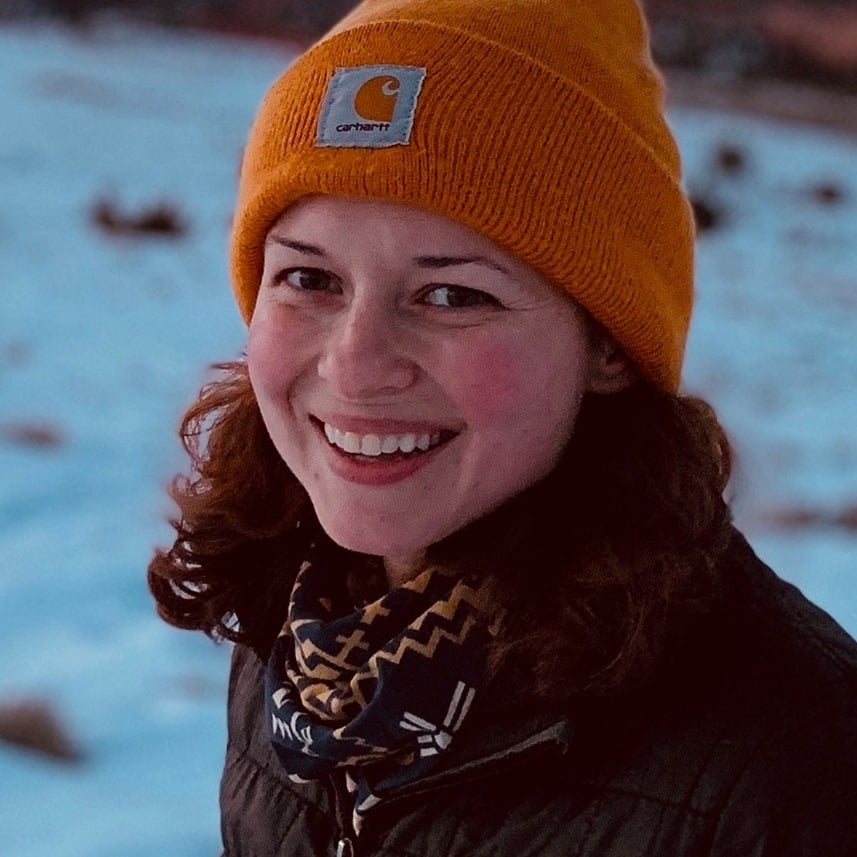
Meet Jonathan Williams (or JW), NOLS instructor and environmental stewardship coordinator. To JW, leading students into the backcountry goes beyond teaching them hard skills: it’s connecting them to the natural world and empowering them to make changes in their own community—an effort he himself handles on behalf of NOLS. As Earth Day approaches, we asked Jonathan to share his story and insights as an instructor, a steward, and, simply, as a human being.
What does being a NOLS instructor mean to you?
I love working with people and sharing my expertise and passion for the outdoors. I've been an instructor since 2016 and typically work in the summer season, mostly whitewater courses. Prior to NOLS, I had commercially guided on the Arkansas and Cache of the Poudre Rivers.
What I consistently am the proudest of are moments when students feel heard, sometimes for what seems like the first time, and when they walk away from the experience with newfound inner strength and confidence. I understand that sensation, as I took a NOLS semester in India, which really helped shape me and put me onto the path that I am now. It was empowering to use many of the skills I learned at NOLS to turn a passion for something into action.
Without NOLS I would not have been able to accomplish a 7,000-mile bicycle expedition from Mexico to Argentina, as far as expedition living, camping, and first aid skills are concerned. But my NOLS experience also helped my friends and me emotionally and in aligning values: we leveraged the trip to raise money for Habitat for Humanity. Part of our goal for the trip was to “humanize the unknown” in the midst of the negative rhetoric about the US-Mexico border that was happening in 2015-2016.
Tell us about your role as NOLS’ Environmental Stewardship Coordinator.
My role is constantly evolving. Prior to COVID, I would consistently engage with the land management planning process, in which various governmental agencies put forward land management plans. I commented on NOLS’ behalf in the areas where we have expertise and interest, such as how recreation permits are issued and how various group sizes can engage with LNT practices to ensure sustainable recreation. Sometimes, this included protesting the specific location of oil/gas/mineral extraction due to its impact on recreation or on the natural environment that NOLS students encounter. As another example, my department commented on issues like the changes to the Bears Ears National Monument boundaries.
One of the most fun parts of my job is to support and help coordinate the Run the Red Desert ultra-marathon, which supports the conservation of that area, a core place for our horsepacking courses. Finally, I support NOLS locations in permitting and resource issues.

How have you seen NOLS’ Environmental Studies curriculum transform student experiences?
Environmental studies has always been a component of the NOLS curriculum in some fashion. It contains some of the more traditional natural sciences, like ecology, plant/species identification, and basic hydrology. Recently, an area of growth in the curriculum is “sense of place,” or how people identify with the natural environment around them. I find this area particularly interesting, as NOLS’ uniqueness lies in how we expose people to places that are difficult to access, and then teach them how to thrive in those environments.
By connecting to place, people begin to ask more nuanced questions and transfer some of that thinking back to their home life. While some of that curriculum development has been sidelined by recent events, I am sure it will continue to be an important part of what NOLS does. In addition, we are continuing to learn how to better incorporate topics like climate change, history, and indigenous perspectives as areas that are incredibly relevant for our students.
As an instructor, what does overcoming adversity mean to you?
A traumatic ski accident two years ago left me in a neck brace for several months. Coming back to NOLS once I was physically healed was challenging. It was hard to be honest with myself that I had struggled with depression. But within the NOLS community, I've never felt more comfortable showing up as myself—and that has not always been the case in other work environments.
Overcoming that meant I could talk more openly with students on the subject and demonstrate some ways that mental health ups and downs affect everyone. Lots of times, I think students look at instructors as superhumans, which to be honest is how I have viewed many of my co-instructors. But just because someone is an amazing climber or biker doesn't mean they haven’t struggled. Many of us simply found a way to channel that hardship into a passion for the outdoors. In that way, we are connected in shared experience and community. There are hard times where we can leverage beautiful moments, passion, and activity to help us move forward.

We’re seeing immediate environmental transformations as a result of reduced human activity across the world. Do you see this change lasting?
I have a personal hope that people recognize what life could be like with less pollution and how critical a clean and functioning environment is to business, health, economic success, and people thriving. 2019 and early 2020 were showing strong signs, pre-COVID, of climate change response being a huge priority and really starting to gain traction, but this prominent role has been sidelined to some degree by the immediacy of COVID. The worldwide pandemic highlights our vulnerability to global catastrophes and the degree to which our economies are interlinked. It demonstrates how quickly systems and resources can be overrun, to the detriment of many people. Fighting against climate change is an attempt to limit disruption and unpredictability in the global marketplace and environment so that people's lives are not turned upside down when these crises occur.
Are there any tips you can share about celebrating Earth Day and the outdoors responsibly during this difficult time?
It's important for folks to continue getting outside when possible, within public health guidelines. If trailheads, parks, and recreation areas are closed, feel far away or crowded, it's important to find other avenues of enjoying the outdoors. Biking, fishing, walking, gardening, drawing with chalk, or even opening a window to feel the breeze and listen to the sounds of birds, or cars, or trains are still accessible, and trying to find value in these things is important. While outdoor recreation areas may temporarily close, this time can be used to plan future adventures, compile beta, and understand how to string together that perfect trip.

Written By
Jordan Cranch
Hailing from the swamplands of south Louisiana, Jordan now calls beautiful Lander, Wyoming, home. When she's not planning out NOLS' social media content, she's perusing her own phone and embracing life where there's actually snow (and a lot of it). You might find her dance hiking in Sinks Canyon, dance hiking at Johnny Behind the Rocks, dance hiking at The Bus, or just dance hiking in her own kitchen (it's a very short loop trail). She's also passionate about trying new things, which is what brought her to NOLS in the first place.



